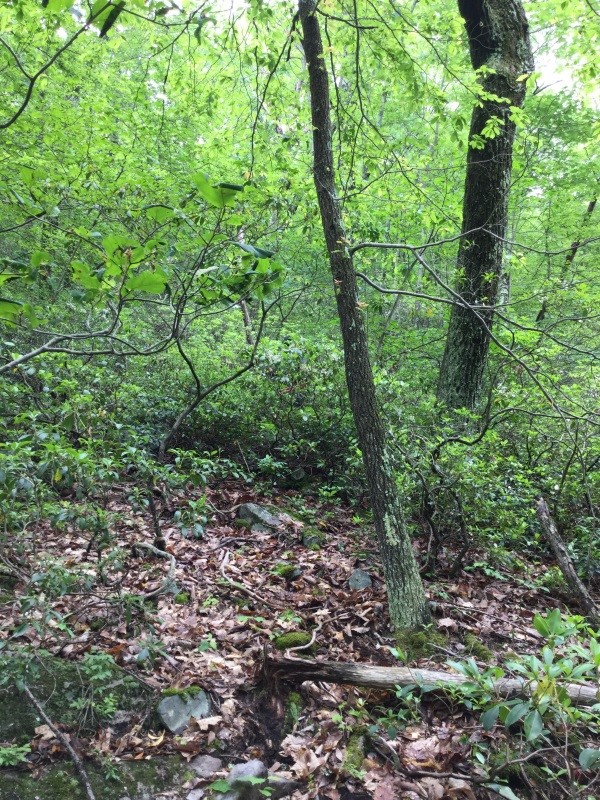We all understand the basics when it comes to nutrition; we must find food, eat food, and digest food to gain energy. We then use this energy for metabolism, including resting, standing, and yes—even walking to the refrigerator to get that cookie you shouldn’t have after dinner. Sounds simple right?
The concept is simple, but the biology behind the concept is not. There are 4 main classes of nutrients that are essential for metabolism: proteins, vitamins, minerals, and water. For deer, each is acquired directly or indirectly from their habitat from a variety of sources. Water, for example, comes directly from a freshwater source like a flowing creek or puddle after a significant rainstorm. Vitamins, minerals, and proteins, however, all come from the vegetation consumed by deer.
Deer need 18 different types of minerals to support their metabolism. Calcium and phosphorous, for example, are important for bone development, which includes both the growth of antlers in bucks and developing fawns in does. During late gestation and lactation of twins, mom will need nearly 4 times the calcium and phosphorous she needs when she isn’t providing for little ones! Bucks, too, need 33-90% more calcium and phosphorous during antler growth.
Not all understory plants, however, have the same nutritional quality. Understory plants encompass several groups—shrubs (like mountain laurel, huckleberry, and blueberry), vines (like greenbrier), small trees (like witch hazel), and herbaceous plants (like trillium and Canada mayflower). Of these groups, herbaceous plants (also called forbs) are a particular favorite of deer. Despite their small size (usually less than 1.5 feet tall) they pack a nutritional punch. Most forbs are high in digestibility, crude protein, and essential nutrients like calcium and nitrogen.
Forest plants vary considerably in their nutrition. For example, forbs and tree seedlings (regeneration – quality deer food!) have both higher digestibility and improved mineral nutrition compared to ferns and most shrubs. Deer get more “bang” for their bite so to speak if the vegetation is of higher nutritional quality. And, you know what they say about quality—nothing beats it. Not even a boatload of really bad vegetation.
Say what?
That’s right—the amount of vegetation in the forest only matters when you consider the amount and the TYPES of vegetation that exist there. Not all green is good or even edible by deer. I know what you’re thinking, “No way! I’ve seen deer browse on things I never thought they’d touch.” That’s most certainly true, because if they get hungry enough they’ll eat whatever is available. But just like you’d eat rocks if you ran out of food for long enough, it doesn’t mean you can survive on rocks.
The same is true for deer. The next time you’re out for a trek in the woods take a second to stop and examine all that green stuff under your feet. Are you seeing quality or a bunch of rocks?
Ph.D graduate student
